Launch a Wildly Profitable Ecommerce Business: The Complete A-Z Guide
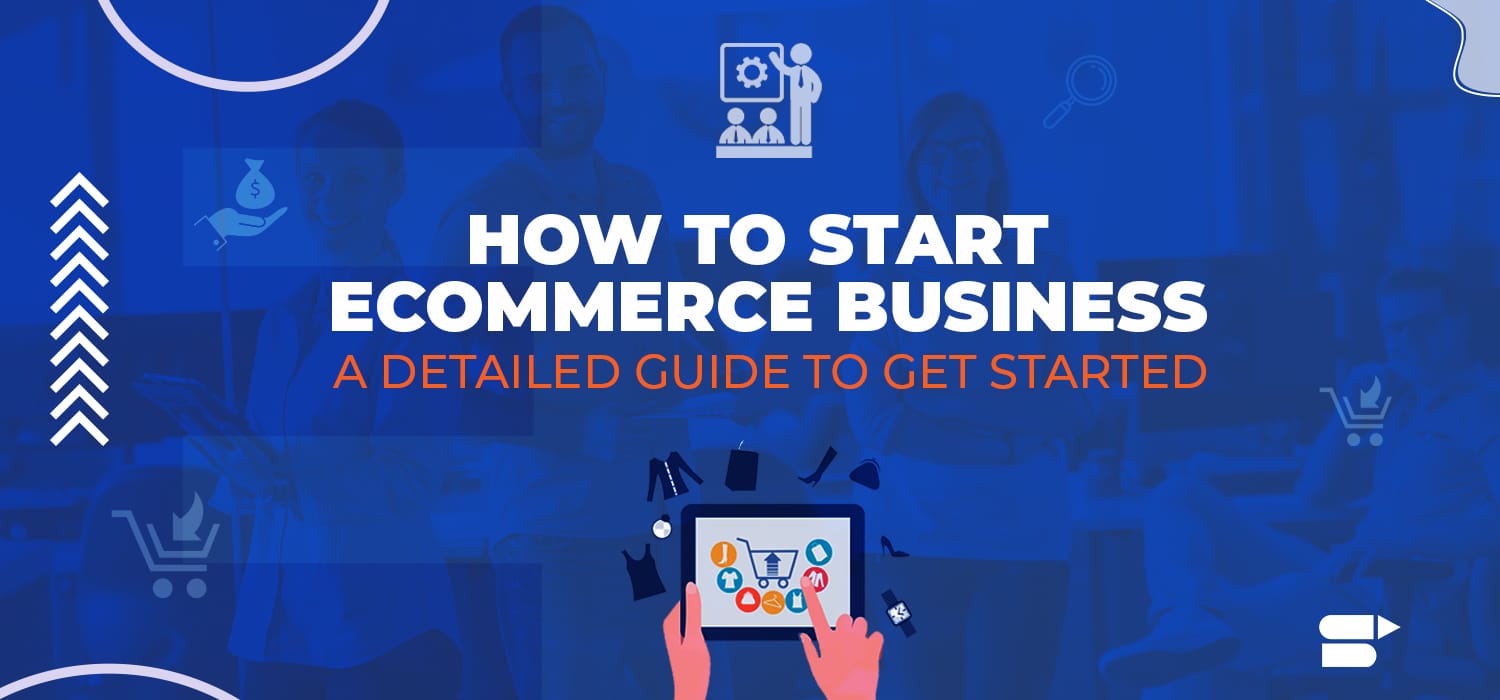
For those who wanted to get started with the eCommerce business. You are at the right place.
E-commerce offers an immense opportunity even for first-time entrepreneurs, allowing you to sell products globally from the comfort of your home.
In this comprehensive guide, you’ll discover a proven blueprint for launching a highly successful e-commerce business in 2024.
We’ll explain what e-commerce is, reveal eye-opening e-commerce statistics, and walk you through different e-commerce models like B2B and B2C.
You’ll also get step-by-step instructions on everything from selecting products and designing your online store to marketing your brand and managing orders and logistics.
Whether you want to sell physical goods, digital products or services, this guide will equip you with the latest e-commerce trends, tools, and expertise.
Let’s get started.
Quick Guide:
- What is Ecommerce?
- History of Ecommerce Business
- Major eCommerce Business Statistics You Need to Know
- How important is eCommerce?
- Few advantages of Ecommerce Business
- Ecommerce business revenue models
- Top 4 eCommerce business models – B2B, B2C, C2C, and C2B
- How to start an eCommerce business in 2022?
- Structure of Ecommerce
- Future of Ecommerce: How Ecommerce will change in 2022 and Beyond
- Ecommerce Jargon Buster
What is Ecommerce?
Ecommerce, also called internet commerce or electronic commerce is defined as the activity to buy and sell products or services using the internet. Basically, any kind of commercial transaction is initiated online. Data and money are transferred during these transactions.
While eCommerce is about the transaction of services and goods, people often confuse eCommerce with e-business or eCommerce business. There is a slight difference. While eCommerce is only about the transactions of goods and services, the eCommerce business model deals with all aspects of an online business which include selling:
- Services
- Physical goods
- Digital products
- And, affiliates
Any business which has an online presence and fits into one or more of the above-mentioned categories. It gives you an idea of what type of service/product you offer to your customer.
Let me explain.
Physical goods – If you sell and ship actual tangible products to your customers that can touch and feel once they receive your product, that’s a physical good. For example, a water bottle, baby toys, etc.
Digital products – A digital product, on the other hand, is not an actual physical product. In general, if your customer buys a digital product from you, they do not receive packages from you. But, they can download the digital file that you sold.
eBooks, software, audio, and video files come under this category.
Services – Online businesses can provide in-person or digital services to customers. These include providing training service, computer repair service, or an interior designing service. Any eCommerce business model providing service rather than product comes under this category. These services can vary from days to years depending on the line of business.
Do you know that eCommerce businesses can earn with affiliate marketing? The money earned this way is called commission which is earned via affiliate links that accept to pay them from the money they earn from a sale.
For those who don’t know what an affiliate is? Here’s the answer.
Affiliate marketing is a popular way to drive sales and generate online revenue. It’s a win-win solution for both the company and its affiliate partner.
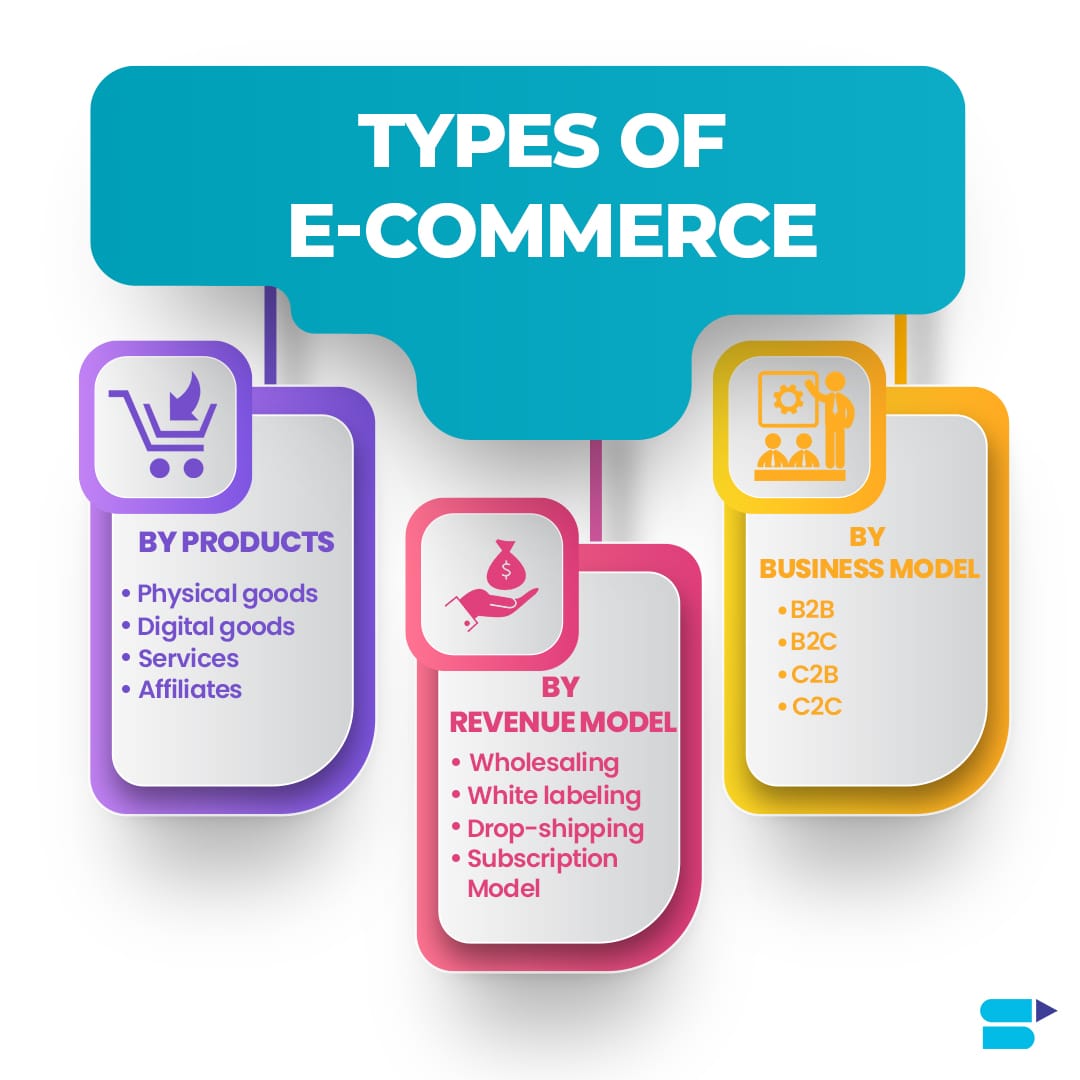
History of Ecommerce
Electronic Funds Transfer (EFT) and Electronic Data Interchange (EDI) were the only sources for users to initiate transactions and exchange business data online. When it comes to the history of eCommerce, it dates back to 1969, CompuServe, the first major eCommerce company founded by Jeffrey Wilkins and Dr. John R. Goltz. This company was built using a dial-up connection. However, eCommerce explored its full length after 1991 when the internet was available for commercial use.
Recommended read: What is Amazon FBA small and light?
Timeline of Major Ecommerce Events
Here is the timeline of major eCommerce events.
| Year | Major Ecommerce Event |
|---|---|
| 1969 | CompuServe, the first ecommerce company launch |
| 1979 | Michael Aldrich introduced electronic shopping enabling secure data transmission |
| 1982 | Boston Computer exchange launch - The first ecommerce platform for selling computers |
| 1994 | Jim Clark and Marc Andreessen co-created Netscape Navigator as web browser |
| 1995 | Amazon and eBay launch |
| 1998 | PayPal made its first appearance as ecommerce payment system |
| 1999 | Alibaba launched with more than $25 million funding |
| 2000 | Google launched Google Ad Words for online advertising |
Major eCommerce Business Statistics You Want to Know
The growth of the eCommerce business has skyrocketed in recent times, especially, clothing and beauty segments are seeing double-digit growth constantly. This trend isn’t bound to slow down. As the below statistics show, the global eCommerce industry continues to thrive at a steady pace and is supported by several factors including affordability, rising consumer affluence, and infrastructure improvement. Today, going global is not a strategy, but it is a necessity to succeed, and tools like ecommerce scrapers or ecommerce data API can help businesses stay competitive in this rapidly evolving landscape.
As we said, the eCommerce industry will accelerate at a fast pace in the upcoming years. Here’s the proof –
- In 2021, more than 2.14 billion people are expected to shop online. (Statista.com)
- Global e-retail sales projected growth of up to $USD 4.8 trillion in 2021 from $USD 2.8 trillion in 2018.
- By 2023, eCommerce accounts for around 22% share of the global retail sales.
- Ecommerce accounts for about 8.1% share of the total retail sales in North America.
- Amazon is the largest eCommerce company in the U.S.
- India is the fastest-growing country in the eCommerce industry during 2019-2023.
The global numbers apart, let’s see how the regional growth is budding –
China has the largest eCommerce market in the world. With countries such as China and India in the forefront, Asia accounts for the largest share in the global eCommerce sector with about $831 billion, followed by North America and Europe with $552 billion and $346 billion respectively (Shopify).
Moreover, with marketplaces such as Shopee and Lazada skyrocketing in growth, sellers will need to take advantage of Third-Party APIs such as Lazada Product Data API and Shopee Product Data API to gain a competitive advantage in these marketplaces.
Recommended guide: How do Sellers Benefit from Amazon Shopify Integration?

How important is eCommerce Business?
As we jump into the next decade, companies will embrace new changes and prepare themselves for the latest eCommerce trends occurring in the business landscape. As digitization hits every nook and corner of the world, brands and sellers need to be agile and adaptable to succeed online.
Recommended to read: 10 DTC Trends For E-commerce Growth
In the present day, the e-commerce business is transforming the traditional shopping experience to a great extent. The line between physical and digital commerce is getting blurred. Today, customers, companies, and countries are connected for business, education, work, and entertainment. E-commerce has become a part of daily lives. But why is this happening? And, how has eCommerce gained more prominence recently?
Read further to find out.
Recommended read: A Look at the Challenges DTC Brands are Confronting Today.
A few Advantages of E-commerce Business:
- Cost-effective Prices
Turns out, that running an eCommerce business is less expensive than traditional stores. Unlike brick and mortar, you need not worry about maintaining your traditional stores. Necessities such as electricity and other utility bills, store rent, equipment, and room decor are eliminated in an eCommerce business. On the other hand, you need a website and database to run your eCommerce business which can be handled well with small capital.
- Online Advertising is much more affordable and effective
Print media and television advertising are not very effective and are known to be expensive when compared to online media. Selling where your customers exist is the new trend. As online users are growing every day, online advertising proved to be an effective way to sell and market your products and services. On top of that, the ROI of online advertising is definitely higher than traditional advertising. Also, it is easy to track your ad spending and align it with your goals and PPC budget.
- Broaden Your Business Reach
Today, you/your business can exist in a country and sell your products to another distinct country using an eCommerce website.
If you want your business to reach a broader set of audiences, going online is the right choice. Of course, selling online is considered no longer a business strategy but is more of a necessity for businesses. You can run your business around-the-clock thanks to effective marketing and sales funnel builders. While Leadpages is a good tool for creating landing pages and increasing sales, there are other excellent choices to take into account. We’ve compiled seven of the best options currently available on the market right now as Leadpages alternatives for your side hustle.
Also, at some point, you want to expand your business. Opening a brick and mortar needs to look into several factors such as the location of your store, customer reach, inventory placement, etc. On the other hand, an eCommerce website will cater to multiple segments of markets and boosts your sales. This reduces significant costs. All you need to do is to come up with a definite marketing plan to increase your product/service reach.
Ecommerce Business Revenue Models
Based on revenue, we have:
- Wholesaling and Warehousing
- Dropshipping
- White labeling
- Subscription
- Wholesaling and Warehousing
In the wholesaling and warehousing model, you buy items in bulk and store them in your warehouse. In this model, businesses/entrepreneurs sell products in huge volumes. In general, B2B businesses use this model. The basic advantage of this wholesaling model is that you get products for a cheaper price as you buy them in bulk. Besides, your profit margins are high in this case.
Additional Resources: Launch an Amazon Wholesale Business in 2024: The Complete Guide
- Dropshipping
In the drop-shipping model, you sell items that are manufactured, fulfilled, and shipped by other sellers or businesses. In this case, you establish a business relationship between a wholesaler or retailer who has stocked up items that can sell products of your choice. You will place these products on your eCommerce business website and sell them online while your wholesaler or retailer takes care of order fulfillment.
- White Labeling
In white labeling, you are not manufacturing the product you sell. But, you get a licensed contractor that allows the product to be sold under your brand. In this case, you are importing the products. You need to control the shipping and fulfillment process. You also need to track and maintain the quality of the product which can be hard in this case. While it’s additional work, you enjoy the perks of higher profit margins.
- Ecommerce Subscription Model
The eCommerce subscription model allows a company to provide services (usually) to the end-user on a regular basis for regular payments or fees. This model isn’t new. Companies operating in fashion, food, and entertainment are adopting subscription models in their operations.
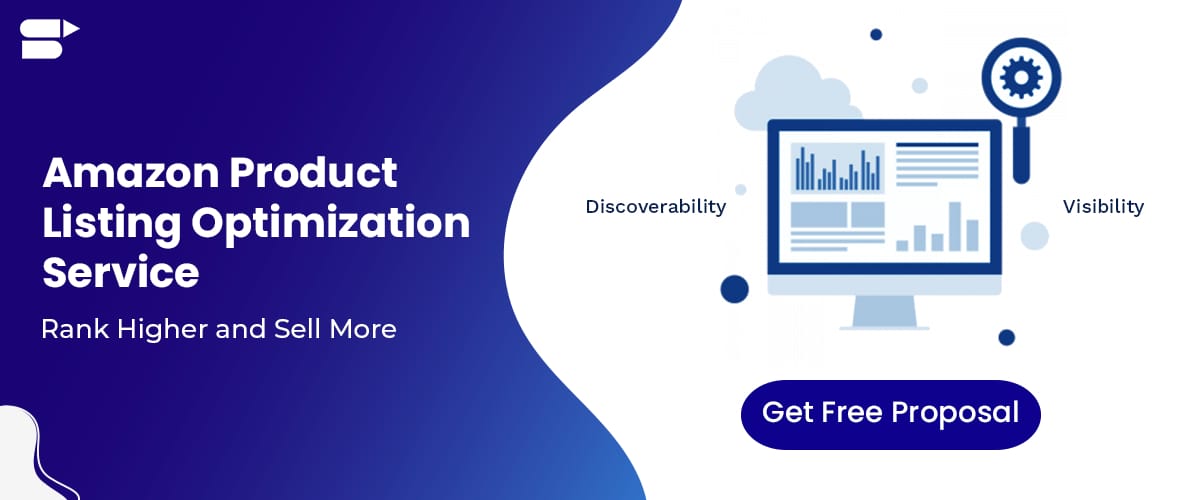
Top 4 Ecommerce Business models in 2022
All types of eCommerce business models are thriving in the present day. We get excited to hear about how the eCommerce industry is progressing rapidly. But, you need to know the fundamentals to reap more profits out of it.
Careful research into available business models and products will give you the required knowledge about the eCommerce industry. Before you delve further, make yourself familiar with the popular eCommerce business models in the market and identify the apt one that fits your business and products.
Popular ecommerce business models
- B2B – Business to Business Ecommerce
- B2C – Business to Customers Ecommerce
- C2B – Consumers to Business Ecommerce
- C2C – Customer to Customer Ecommerce
Which eCommerce business model fits the best for you?
Let’s find out.
B2B Ecommerce Business Model
In a B2B eCommerce model, your business sells products/services to another business. You’ll find software companies, suppliers, or manufacturers selling products to resellers, office and school suppliers selling to schools and institutions that will come under this category.
Characteristics of B2B e-commerce business model
- Longer decision cycles – The lead time between initial contact and finalizing payment is longer.
- Multiple decision-makers – Unlike B2C, B2B involves a hierarchy of decision-makers, usually more than two.
- Offering customer-specific discounts – In B2B models, product portfolio, pricing, and discounts are more complex than in B2C. This may vary for small-scale B2B businesses.
- Sell International – B2B eCommerce business model has the potential to reach international markets. Diverse cultural shapes and multiple currencies and languages are expected from the B2B eCommerce model.
B2B Ecommerce Business Model Advantages
Stable Environment – When compared to other eCommerce business strategies, B2B e-commerce models are more stable. A successful B2B company will grow steadily and adopt diverse market scenarios. In this way, B2B will be more successful and can grow its online presence and opportunities.
Better Sales – Collaborative approach toward customers will augment customer loyalty. These models function with an improved and robust supply chain which makes it easy to showcase product portfolio and unveil upselling and cross-selling opportunities. This, in turn, will boost overall sales of the product.
Low Cost – These online B2B models have organized structures. In most of these models, the work is automated, resulting in fewer functional and operational errors which in turn lowers the management costs.
Data-centric Process – Thanks to Industry 4.0, most companies today are adopting automation in their operations. The processes are built with factual data and follow an integrated data-driven approach.
Disadvantages of B2B E-commerce Business Model
- A small set of customers exist when compared to other eCommerce business models.
- Generating sales takes longer as you target other businesses.
- Businesses take longer to make decisions than usual therefore building profits take time.
- Profit margins can be different for different customers. If any customer (business) requests huge discounts by purchasing in bulk, it may cut your profits.
- Business integration, registration, branding, and advertising costs are more significant than the other business models.
B2C Ecommerce Business Model
B2C eCommerce business models sell to their end-user who is a customers. This is the most common business model in the eCommerce space. A B2C model can include selling products and services too. These models are traditional retail models where businesses directly sell to individual customers.
Let’s take a look at the risks and benefits of the B2C e-commerce business model in detail.
Advantages of B2C Ecommerce Business Model
Sell Internationally – The best part of this model is that you can sit at home and sell to your customers on the other side of the world. This opportunity will help businesses to scale faster.
Low Overhead Costs – B2C models are popular among brick and mortar. Introducing eCommerce in this model will lower maintenance and management costs. Maintaining an eCommerce business website is more cost-effective than maintaining a brick-and-mortar store.
Advantage of Analytical Tools – One of the perks of maintaining an eCommerce store is that it’s easy to track metrics. In the B2C eCommerce model, it’s easier to analyze your customer metrics. Using analytical tools like Google Analytics, you can track your customer metrics and analyze their buyer behavior based on purchase patterns, demographics, and product categories. This helps you come up with the best eCommerce business marketing strategy that suits your business.
Learn more about eCommerce Analytics Software here.
Unlike traditional marketing, online marketing is easy to handle and track the results. Tracking important metrics such as click-through rate, conversion rate, impressions, and clicks will give you an insight into your product performance. As AI applications are unveiled, businesses are more inclined to customer-centric environments. With these applications, you have an edge to build more potential customers in the longer run.
Disadvantages/Limitations of B2C E-commerce Business Model
- The foremost disadvantage of a B2C eCommerce business is the competition. It’s so vast on the web. You can find thousands of online stores selling a similar product or offering a similar service like yours.
- Design your online store with user experience in mind. This includes creating a clean layout, easy navigation, and informative content that builds trust. To enhance customer engagement and improve search visibility, consider the option to embed blogs into your website.
- As mentioned, B2C businesses struggle to thrive. Without a robust supply chain and operations, your business can hardly succeed in the market. High-speed internet service, shipping, and packaging are a few of the areas which need your attention.
- The customer base of a B2C model is vast and segmented. It’s hard to identify your prospective customer based on your product or service. Also, customer experience and trust take a while to build which also needs constant attention.
C2C Ecommerce Business Model –
In consumer to the consumer e-commerce business model, consumers come in touch with each other where people sell goods or services to each other. These goods can be mobiles, cars, bikes, and computers.
Characteristics of C2C Ecommerce Business Model
- Usually, individuals sell used or new products to other consumers online. They use a common platform like eBay, and OLX, to sell their products.
- In C2C models, online transactions initiated will be charged a small percentage as transaction fees by the C2C website.
Advantages of C2C ecommerce business Model
- For Buyers – Buyers significantly benefit from the C2C websites because they get goods and services at a cheaper price than the market price. They deal with different sellers based on their interests. So, you have multiple options to choose from based on the suggested bid price given by sellers and their portfolios.
- For Sellers – Sellers can achieve high profitability due to the nature of this business. Direct sales to the customer will reduce overhead costs incurred.
C2C e-commerce business Disadvantages
- For Buyers – Since the market is diverse, the main disadvantage of the C2C e-commerce business model is quality control. As you deal with diverse sellers and multiple product segments, unless you come in touch with the product/service, you cannot differentiate product quality. In this model, you can hardly claim a warranty or guarantee of the item, and refunds are rare too.
- For Sellers – It’s hard to find a trustworthy C2C platform for both sellers and buyers. Your online payments cannot be guaranteed. Few C2C eCommerce websites may demand high-transaction fees which may eat away at your profits.
While the C2C e-commerce business simplifies the way we sell and buy products and services, the fraudulent risks involved are high. This cannot be ignored too.
C2B Ecommerce Business Model
In this model, an eCommerce website will allow individuals to sell their products and services on its website where businesses hire them.
Upwork and Fiverr are a few examples of this model. They help businesses to hire freelancers for their respective tasks.
Characteristics of C2B Ecommerce Business Model
- You have an intermediary website like Upwork which serves as the medium between individuals and businesses.
- Online reviews are a valuable asset to building a reputation.
Advantages of C2B e-Commerce Business Model
- As a seller, you don’t need to pay for your everyday business transactions or operations in this model.
- Based on the budget specified, businesses approach customers to provide their services.
- Open-ended discussions among the businesses and consumers will improve the outcome to a great extent within a short duration.
Disadvantages of C2B eCommerce Business Model
- It’s hard to establish your brand online. Creating constant buzz to succeed in the online competition is daunting.
- Profits earned can be potentially less.
How to start an eCommerce business in 2022?
There’s nothing more gratifying than starting a business from scratch and watching it grow further.
Yes, that’s true.
Online businesses are accelerating at a fast pace. Online retail giants such as Amazon, eBay, and Walmart are showing us that the e-commerce business is the future. But many eCommerce businesses are struggling to make their mark. Building a business requires a strong foundation, hard work, and discipline. It’s more than just choosing brand names, website designs, and finding products to sell.
So, are you ready? Let’s take a look at the step-by-step process to start your eCommerce business in 2022. Our detailed guide will give you a complete idea of how to research, launch, and grow a profitable eCommerce business from scratch.
- Have a strong foundation
As I said earlier, you need to be thorough with a basic understanding of eCommerce. Make yourself familiar with the eCommerce business models available or trending in the market because a single business model doesn’t fit every business.
- Find a Profitable Product to Sell
One of the biggest challenges in a business is identifying the right product to sell. Coming up with product ideas can be daunting. Identifying a product or product line, or a niche can be hard without proper research. At times, you may feel the products you want to sell are already existing in the market. That’s the harsh reality. But, don’t make it stop you from finding one.
If you want to find out the best products to sell on Amazon, check out the link here.
It’s important to understand that success in ecommerce can create a snowball effect. As you become more successful, it gets easier to expand your product range. Using data from ecommerce APIs can simplify and enhance this process.
The below checklist will help you identify the right products for your eCommerce business.
Follow your passion –
Why am I saying this? Your passion can easily convert your business into long-term success. While doing so, consider your professional experience or expertise, because your knowledge gives you an edge while starting your online business. Do smart work.
Research product ideas –
Find sources and websites that give you the best eCommerce business ideas or profitable product ideas. Identify the low-risk products to get high-profit margins. You need to come up with all the costs involved to develop a product and calculate your profits. While doing this, make sure you are calculating the costs involved to promote, hold (in inventory), and ship the products.
Lightweight items are easier to ship. Secondly, expensive product damages incur higher losses. So, define your ROI or profit margin before you go ahead.
Identify customer pain points –
Discovering customer pain points while building a product is an effective way to get into your target market. Online reviews, product feedback, and related social media channels are great sources to identify your customer pain points.
Now that you have identified your customer’s concerns, it’s easy to find your product in 3 ways.
Build a new solution for a new problem –
In this case, you are identifying the gap in the market and you need to create awareness among your customers about the existing problem.
For example, In the 1930-the 40s, De Beers, owner of De Beers Consolidated Mines Ltd., one of the largest diamond mines companies in the world, manipulated the supply and demand of diamonds with the help of New York-based Ad agency N.W. Ayer. Using movie idols and magazines, the agency fed the public that using diamonds to propose is an indestructible symbol of love. They started the trend towards diamonds, especially among women of all ages and income groups. This had increased diamond sales of De Beers in the U.S from $23 million to $2.1 billion in 1939-79. (Source-Atlantic) This trend hit every nook and corner of the world in the mid-1960s and is continuing until now.
So, the bottom line is, in this method, you are addressing the gap, creating demand, and offering your product as a solution. You are creating a whole new market. It requires the most creative and innovative mindset.
For those who want easier options, there are two other ways to go about it.
Build a better solution to the existing problem –
Customers always want better, quicker, and easier solutions to their problems. So, you as a seller/entrepreneur have the opportunity to succeed.
But remember, if we focus on problems we get problems only, so you need to identify a solution first to build more innovative solutions. There are numerous examples in our everyday lives.
For example, the early users of the internet are more familiar with Yahoo as a search engine. But why has Google been considered a successful search engine for the past few years? Because of its seamless customer experience. Online users want satisfying results for their search terms. And, Google’s search algorithm does just that. It provides quality over quantity which was lagging in Yahoo. On the other hand, though Yahoo’s home page is liked by its users, internet users prefer Google’s reliable results.
This type of approach demands less creativity but you need to be able to create long-lasting results.
How to identify the problem in this case?
- Discover customers’ views about the product
- Identify the problem that is least addressed by your competitors.
This way, it is easier to come up with ideas that can address your customers’ demands. Read customer reviews of your competitor’s products that are recent and critical. By reading online product reviews, you come to know what your customers want.
Create a new solution to an existing problem –
Often, this approach demands a lot of time and can be expensive too. Once you succeed, you build a competitive edge over others making your own mark in the industry.
Now coming back to the problem, how do you find the right solution?
Better solutions always exist in the market. Gaining an edge with your product in the market may seem hard. In such cases, follow the below steps to identify the solution:
- Buy your top competitors’ products in the market.
- Use and experience them and identify the problem yourself.
- List out the issues and visualize a better product addressing these issues.
- Hire a designer/product engineer to design a new product.
- Create a prototype. Your first sample product.
- And, test the product by releasing it to a set of the target audience.
- Gather their inputs and work on it.
Stay Updated with Industry Trends
You’ve got a niche and trying to identify the right product. Staying updated with that specific eCommerce business market trend is important. Identifying a trend as soon as it enters your market helps you carve out a place in the market easily. This not only eases your entry into the market but also lowers your Ad spend while launching a new product.
But, do not give in to temptation and make prompt decisions. See the big picture and capitalize on the trends which can eventually turn into a need/demand in the market.
How to find industry trends?
Websites like Trend Hunter, Kickstarter, and Google Trends, other eCommerce business forums like Reddit will help you to find eCommerce business product ideas.
Needless to say, while launching a new product online, advertising strategies you need to opt for and testing your product before you actually launch product are a must.
Validate Your Ideas –
Once you have a list of ideas for your eCommerce business, it’s time to validate them. Validating potential ideas for your business takes time and a clear mind.
A few of the ways to eliminate unsuitable ideas for your eCommerce business are:
- Ideas that generate legal complications – For e.g., you are selling weight loss pills or plans which may have potential side effects, handling medical claims can be quite challenging. Unless you have a legal background or are comfortable in such aspects, it’s better to keep those ideas at bay.
- Exploring ideas that are completely irrelevant to your interests – Having a passion or at least some sort of interest in the product idea will help you succeed in your eCommerce business faster and easier.
- Get cleared with sourcing and shipping your products – High shipping costs in an eCommerce business will hurt your pockets. And, if you are opting for a private label business, ensure you have a definite manufacturer or supplier who can source your products. You can explore your brand and marketing if you choose a manufacturer or supplier to develop your products.
Recommended Guide: Amazon Manufacturer Part Number.
Structure of Ecommerce
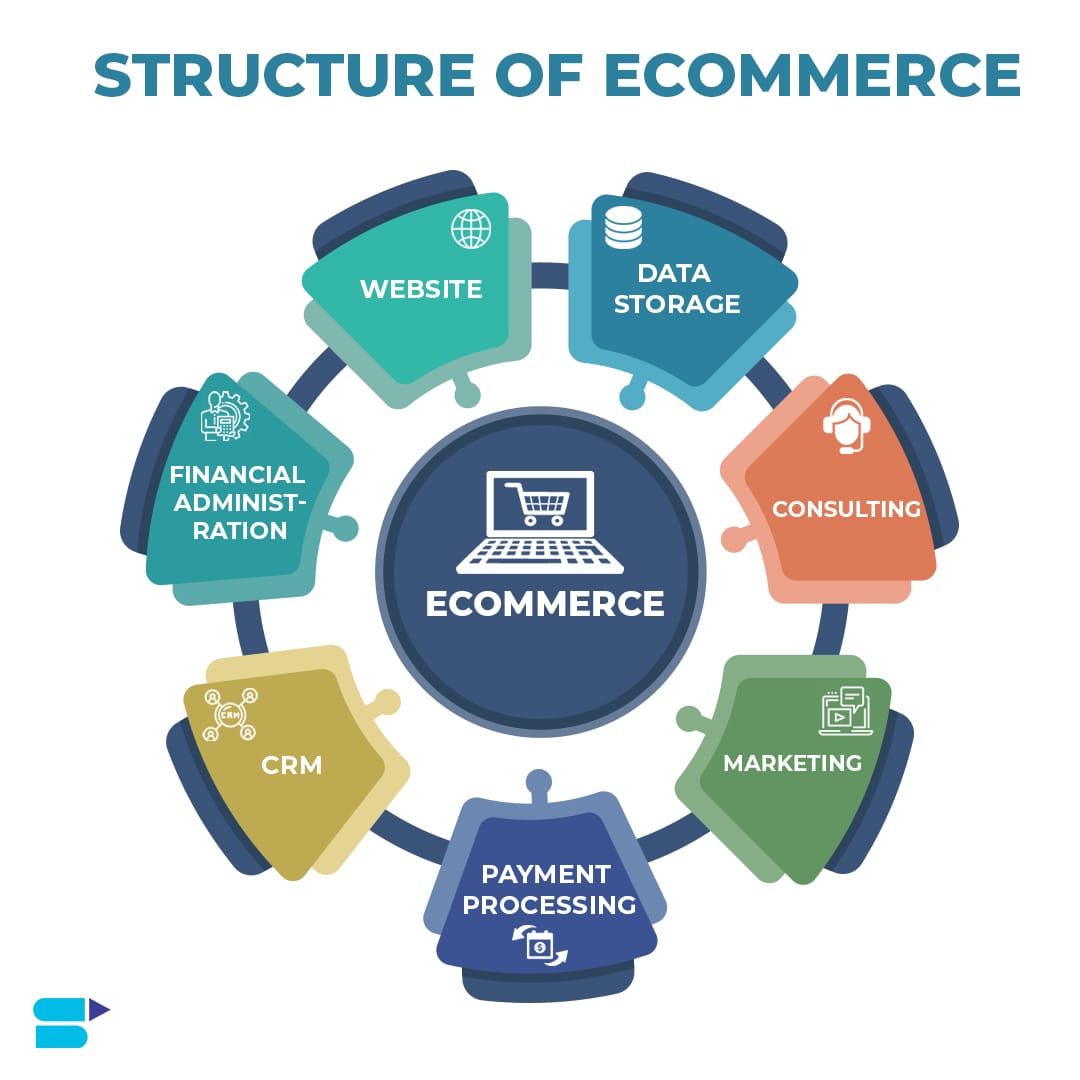
Future of Ecommerce: How Ecommerce will Change in 2022 and Beyond
When we talk about Ecommerce’s future, the first question we get is – Will eCommerce continue to grow?
Of course, without a doubt.
There is a huge potential in emerging eCommerce markets such as India, China, and Russia. These countries are projected to grow faster in the eCommerce industry. This gives room for more eCommerce stores and businesses to tailor their products and services for these emerging markets.
Though brick and mortar stores hold a larger share in retail sales, undoubtedly, e-commerce business sales are growing at a fast pace over the past few years.
On the other hand, the eCommerce business is thriving with automation. Right from marketing to inventory and warehouse management, the entire eCommerce supply chain is benefitting from automation. This trend is reducing human force and other resources from work and improving the efficiency of the processes. Setting up inventory alerts, review notifications, and tracing fulfillment processes have become a norm in the eCommerce business.
As the consumers get smarter, automation is changing eCommerce marketing too. Companies are coming up with defined eCommerce marketing strategies to optimize customer shopping experience to a great extent.
In today’s world where customer personalization is the key to companies’ success, automation is catering to the increasing customer demand in the eCommerce space.
Ecommerce Jargon Buster (Common FAQs Answered)
1. What is eCommerce fulfillment?
The entire process of receiving an order and shipping the product to your customer is called eCommerce fulfillment.
Ecommerce fulfillment includes warehouse and inventory management, packaging, order shipping, and customer communication during the process. You can manage your eCommerce fulfillment process by dropshipping or outsourcing your fulfillment service.
2. What are eCommerce marketplaces (or commonly called online marketplaces)?
It’s a website or selling platform where you sell your products and services. Popular eCommerce business marketplaces are:
- Amazon
- Etsy
- Alibaba
- Walmart
- eBay
3. What is an eCommerce platform?
An eCommerce platform is a software or tool that helps you manage your eCommerce stores. You can manage your websites, sales channels, and operations from a central hub.
4. What are the popular eCommerce platforms?
Today, eCommerce business sales are budding. By 2022, global eCommerce sales are anticipated to reach $4.9 trillion. Behind these successful eCommerce stores, we find popular eCommerce business platforms helping them to manage their stores.
A few of the popular eCommerce platforms include:
- Shopify
- Bigcommerce
- Squarespace
Additional read:
How can I benefit from these B2B product opportunity reports?


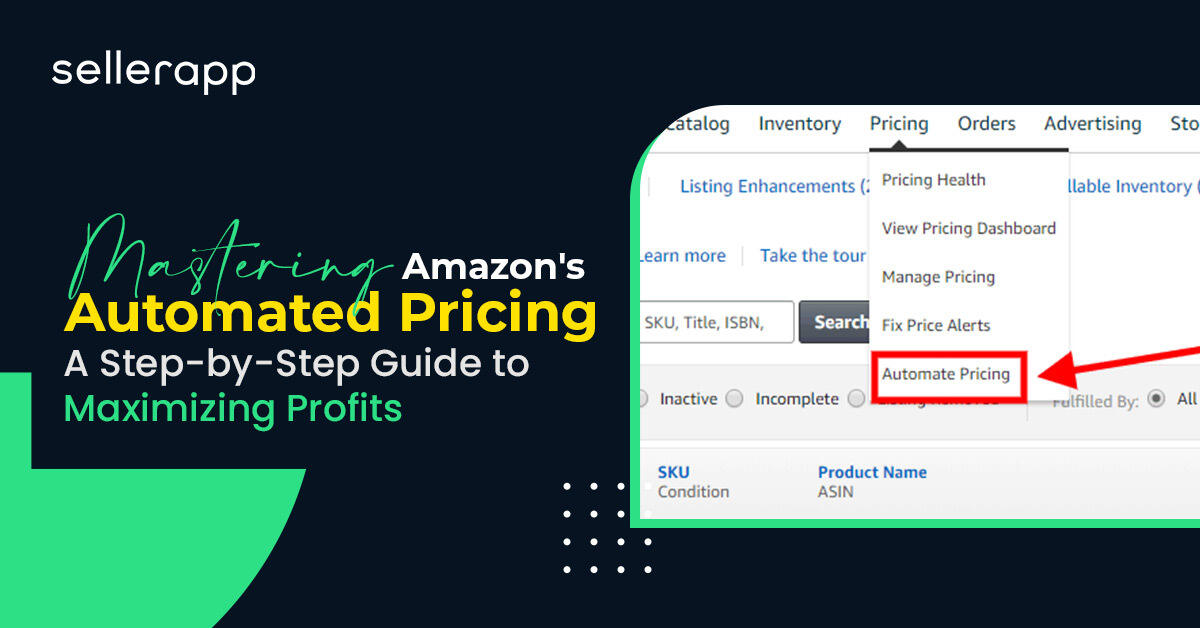

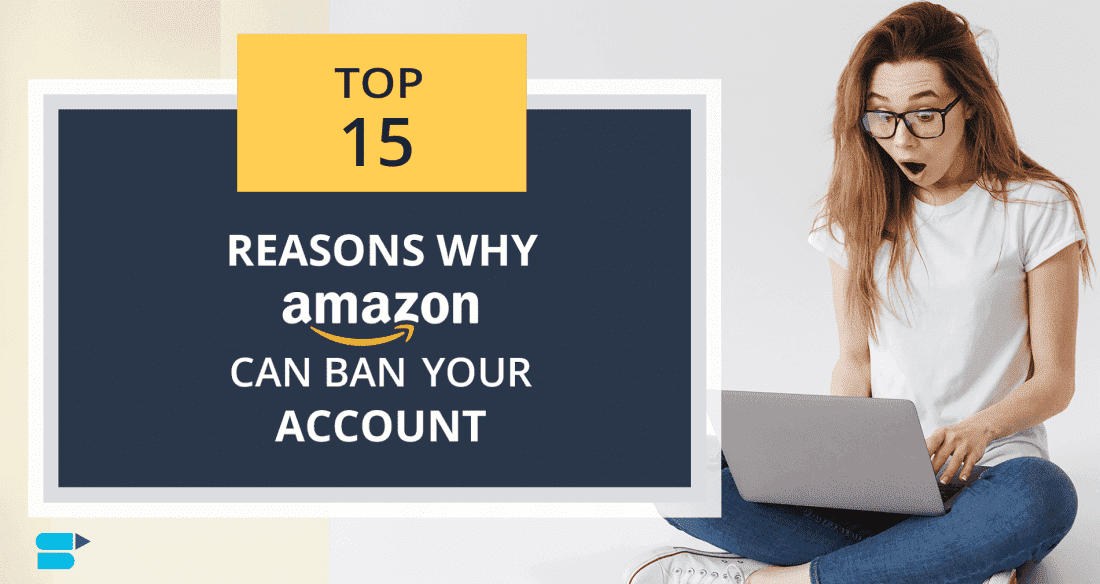

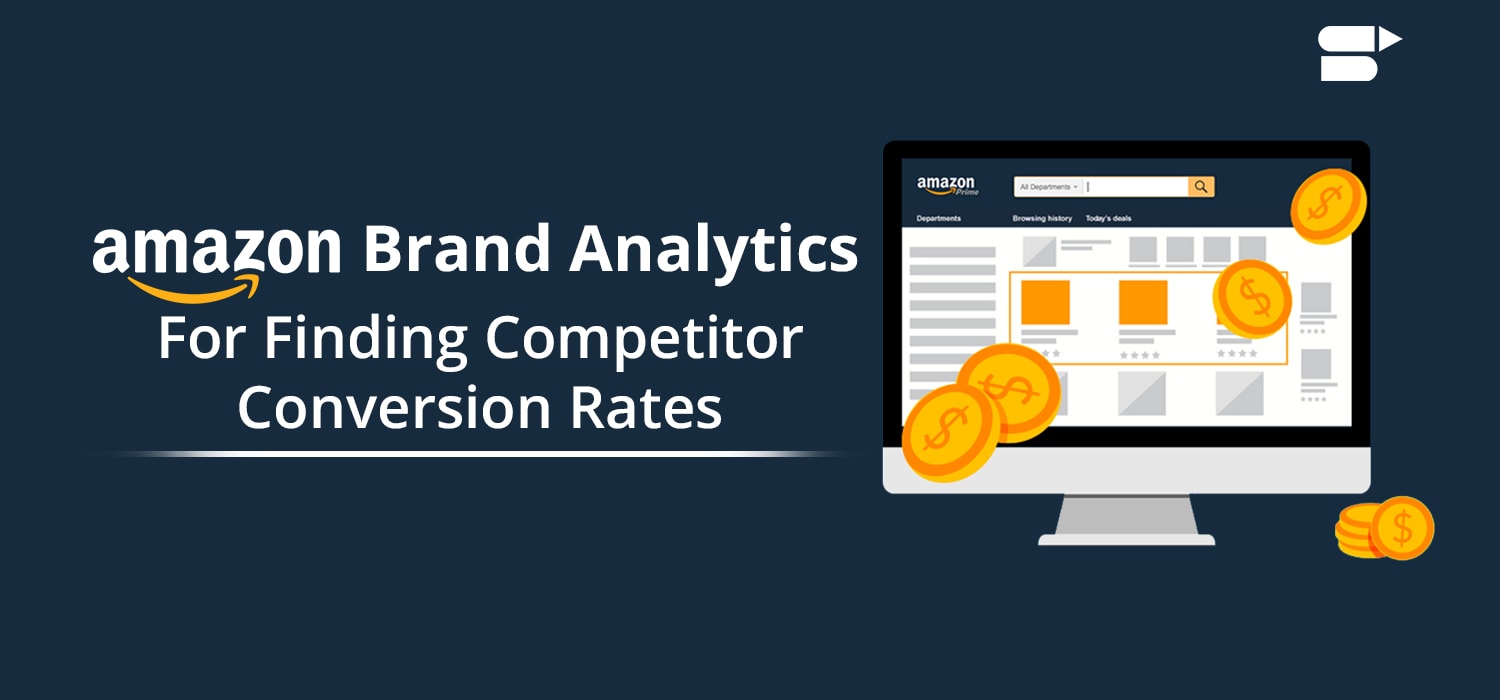
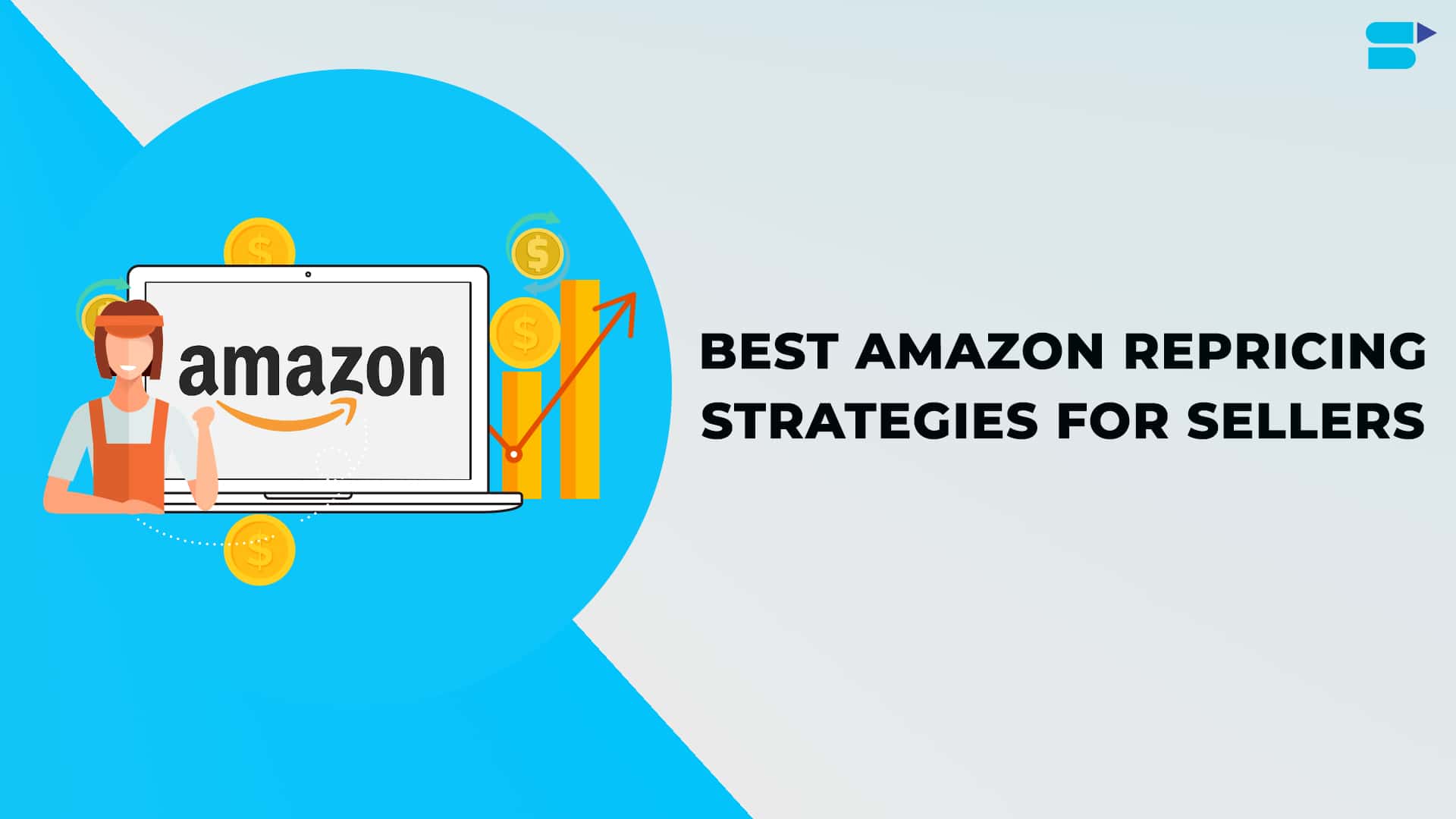
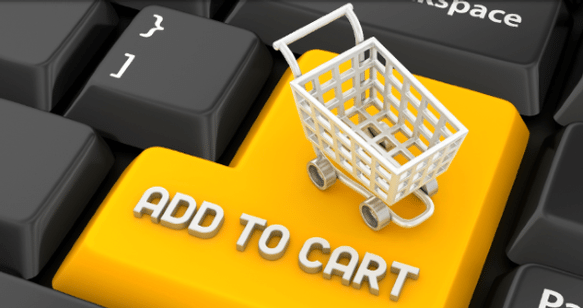


ZolotnikovQuepe
February 18, 2020Nice read
Amandamab
February 19, 2020Appreciate it
AffiliateLabz
February 19, 2020Great content! Super high-quality! Keep it up! 🙂
Wonderful guide
Loanes
February 21, 2020Great post
LuciDorris
June 16, 2021Are there any websites as such that help u with crowdfunding for our product ideas?
Arishekar N
August 9, 2021Algopix, Kickstarter, Indiegogo are a few platforms that can help you with crowdfunding for product ideas.
John
January 27, 2022Very Informative article, Thanks again.
Arishekar N
May 27, 2022Thanks for reading
Robert
February 2, 2022Thank you for sharing.
Arishekar N
May 27, 2022Thank you for reading.
James
February 14, 2022Always learning something with the help of SellerApp
Arishekar N
May 27, 2022Thank you for reading.
Lokesh C
May 11, 2022Great Post, Thanks for sharing this amazing blog.
Arishekar N
May 27, 2022Glad you liked it.
Sabina
May 16, 2022Thanks for sharing this useful information! Hope that you will continue with the kind of stuff you are doing.
Arishekar N
May 27, 2022Glad you liked the article.